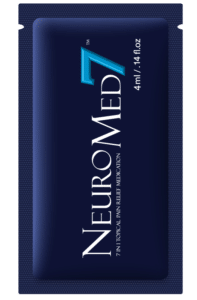One questions that is common among medical practitioners, tattoo artists, electrologists, consumers and others who require adequate skin numbing for minor skin conditions and procedures is: do topical anesthetics work?
Available over-the-counter and by prescription, topical anesthetics work by blocking pain sensation in the skin. They contain anesthetic drugs such as lidocaine, tetracaine, benzocaine, and prilocaine in a cream, ointment, or gel.
Overview
Many options to deliver anesthesia have developed over the last several decades. Administration of topical anesthetics to control pain associated with procedures such as laceration repair may avoid the need for infiltration local anesthesia injections and associated pain from the injections. Topical anesthesia also avoids the risk of wound margin distortion that exists with infiltration injection administration. Many dosage forms exist (eg, gels, sprays, creams, ointments, patches) and provide the clinician with precise options for application under various circumstances.
How Do Topical Anesthetics Work?
Topical anesthetics reversibly block nerve conduction near their site of administration, thereby producing temporary loss of sensation in a limited area. Nerve impulse conduction is blocked by decreasing nerve cell membrane permeability to sodium ions, possibly by competing with calcium-binding sites that control sodium permeability. This change in permeability results in decreased depolarization and an increased excitability threshold that, ultimately, prevents the nerve action potential from forming.
Why Do Topical Anesthetics Work Better Than Others?
The formulations of topical anesthetics vary from one to the next. Some are simply the active pharmaceutical ingredient(s) (API’s) in a base gel or cream while others include chemical or physical ingredients that are designed to improve the penetration capability. Some of the more well known safe and effective drivers that temporarily make skin more permeable are:
MSM
Ethoxydiglycol
Propylene glycol
Isopropryl Myristate
Urea
Liposomes
NeuroMed 7, FA and LA are all contained in single-use, sanitary, metered dose packets, designed to improve safety by reducing the risk of cross-contamination.


